Himanshu Verma is known in a few ways: as the ‘Saree Man’, Ghenda Phool, or one who ends emails with the salutation, ‘Jai Sari!’. As an arts curator and steadfast supporter of the sari, he also organizes The Saree Festival, a series of pop-ups around the country that share his vision and love for the textile. For over a decade he has been wearing a sari himself and shares his thoughts on them below.
Why are you fascinated with the sari?
I began wearing the sari in 2006, almost a decade ago. One of the initial projects at Red Earth was centered around redefining perceptions of masculinity. My curiosity led to wearing the sari as a device to appropriate different ideas of masculinity, and from there I began looking closer at the sari as an art form; it’s been an organic process and connection.
Like most good things, it happened by accident in the sense that it emerged from a creative whim. But that said, as Indians we have such a deep relationship with the sari – it’s a big part of a collective consciousness. It has now become a central theme in our work through initiatives like the Saree Festival that we currently hold annually in four cities across India.
What are some of your perceptions of the sari that have changed?
I borrowed my first sari from my mother and it was very feminine, but my vision for the sari is that it’s androgynous – being essentially something you can drape in several ways. I’ve been looking at costume history through ancient, medieval and contemporary periods and aside from temple sculptures, there aren’t many references of how the sari was worn before. We do know that both men and women wore variants of it as a three or two-piece garment before it came to be called the sari, which is a complete garment in itself. The way I see it, the common element is the drape which can be interpreted differently for either gender.
Do you see the sari being worn less?
I think, in an urban context, the sari is visible and revered today within the elite art and design community. But in terms of numbers and for everyday wear, it’s much less significant. Conversely, in a rural context, the sari is still integrated within the culture and seems more organic. In both contexts though there is an aspirational leaning toward Western clothing. Especially in cities like Delhi, you’re likely to see a family wherein the grandmother is wearing a sari, the daughter-in-law is probably in a salwar kameez and the granddaughter is in jeans and a kurti or T-shirt. There’s a sense of increasing distance from it and the change appears more drastic with every generation.
What do you attribute this to?
I see it as a cultural allegiance problem. Overwhelmingly, popular culture has shifted away from Indian clothing. At the risk of sounding cynical, I think it’s a bit shocking sometimes how strong negative associations with the sari are in urban India. I hear everything from “It’s too hot to wear a sari” to “It’s too cold to wear a sari” to “It takes too long to put on a sari.”
It’s slightly different among the more elite or design-conscious demographic but consider the average person’s approach to dressing today: when I’m out even in a simple dhoti I constantly deal with the question, “What is this guy doing and why is he wearing a dhoti? What’s the occasion?” It’s a subconscious attitude that’s anti-Indian, or perhaps anti-classical, for lack of a better word.
What makes you wear the sari often?
When I look at my relationship with the sari, of course, I have great comfort with it, but nowadays we all love to experiment with our sartorial identities.
So, I’m sympathetic to the other side which sees the sari as impractical and I’m curious to explore those areas. For example, when you try to look at it as a power garment in an office workplace, there are certain issues: it doesn’t have pockets for instance and it’s not a mobile garment relatively speaking. The question of the sari as everyday versus occasional wear is an interesting one because I’m constantly swinging between either side while being completely in love with it.
What are ways in which you have re-appropriated the sari as menswear?
One idea is keeping it close to the dhoti’s sensibility. I used to wear a lot of flashy embroidered saris but I slowly moved toward simple bordered ones akin to a dhoti. So while I experiment with patterned and feminine styles, what I’m most comfortable is a confluence of the dhoti and sari in plain cotton or silk.
Some of the quirkier ways in which I try to make the statement that the sari can be menswear is by growing a dari (beard) and wearing the sari. Basically the idea is that I don’t have to transform my body or cross-dress to wear a sari and I don’t have to look pretty in a sari. That’s the point. While the sari can be pretty, on me it looks a bit rugged.
Are you seeing experimentation with drape?
There’s definitely a great curiosity for trying new drapes at least again within urban circles. Because we don’t wear it everyday, drapes are not as regionally significant anymore.
When you look beyond regional identification, it becomes fascinating to freely adapt and I’ve even been seeing stylists and others create new drapes.
What are your favourite drapes?
I love the way the Gujarati ‘seedha palla’ is draped because it gives you a sense of comfort, practicality and ease. For me, it’s interesting because the Gujarati palla can be worn with a menswear-style angrakha or a top. And if I want to cross over and wear a dhoti, I shift the palla and tuck it into the lower part of the sari and make it a dhoti and vice versa.
Of course, the regular style is something that all of us are very comfortable with. I try to work with its basic structure of the regular style of the sari, the thakur bari drape, and then add small interventions depending on the blouse or the occasion.
The third drape that I’m very fascinated with is the Ilkal drape from Karnataka because of the way it falls. More than the drape, it’s the type of sari that makes it drape-friendly. It can also be tied as a nauvari and I like the cross between the dhoti and sari by tying the lower half of the sari like a nauvari.
What has wearing a sari added to your life?
I look at the sari as a great friend. It’s a constant muse because there’s such an artistic universe surrounding it. While wearing one, I feel connected to an immense tradition of ideas and it enriches me. On a more personal level, it’s a garment that gives me great confidence and makes me feel better when I’m in the worst of moods. I’ve always tried to be fiercely individual and develop my own space to do what I enjoy doing most and the sari has helped me do this.
At the risk of sounding cultish, one of our mottos is ‘Jai Sari’ (Hail The Sari), and it really is a guiding principle and a message we want to spread.

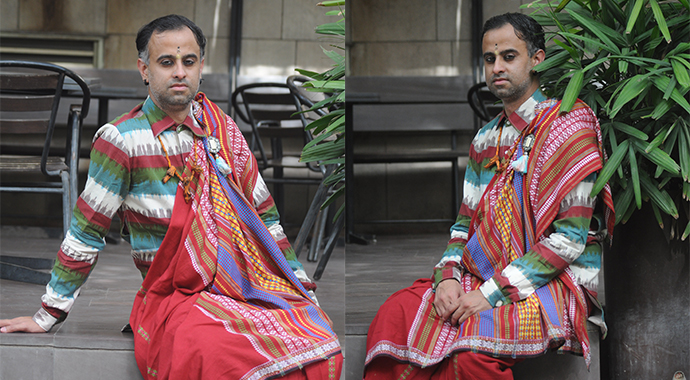
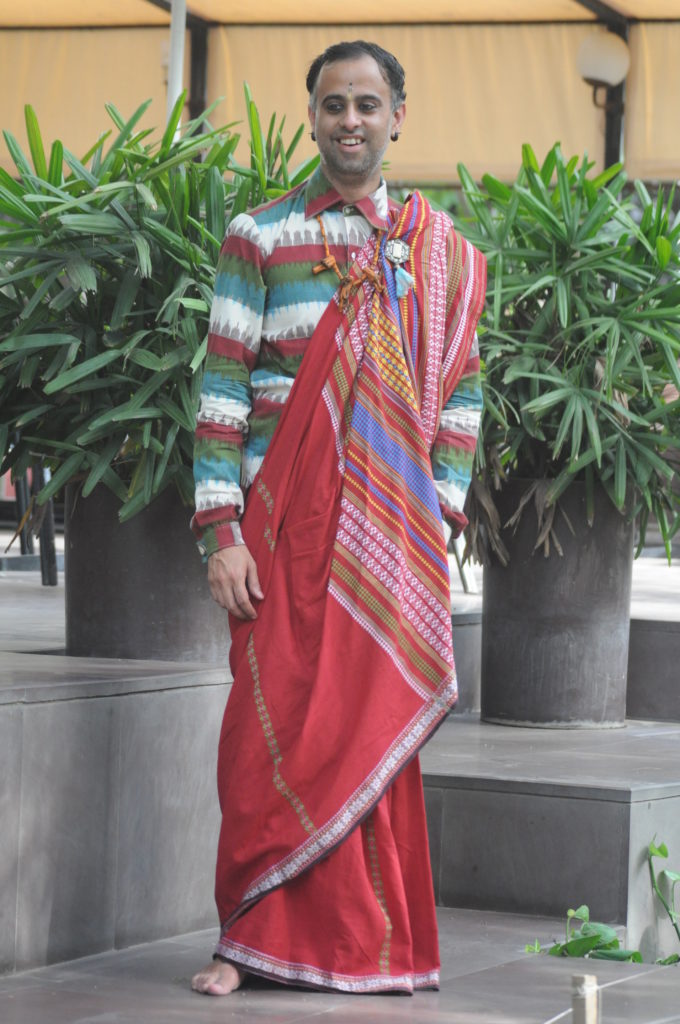
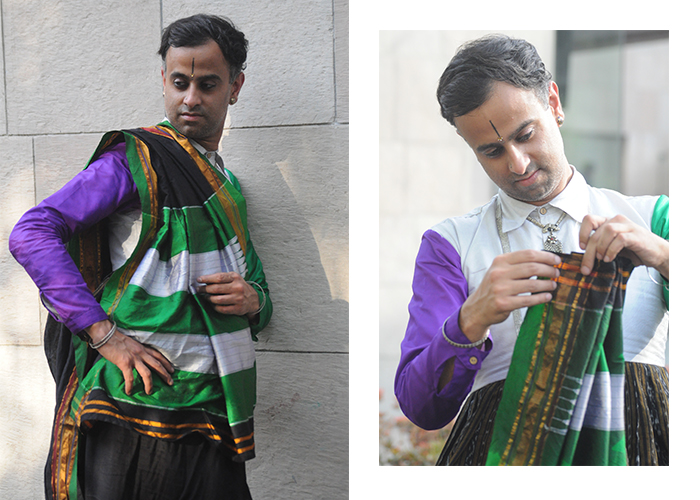
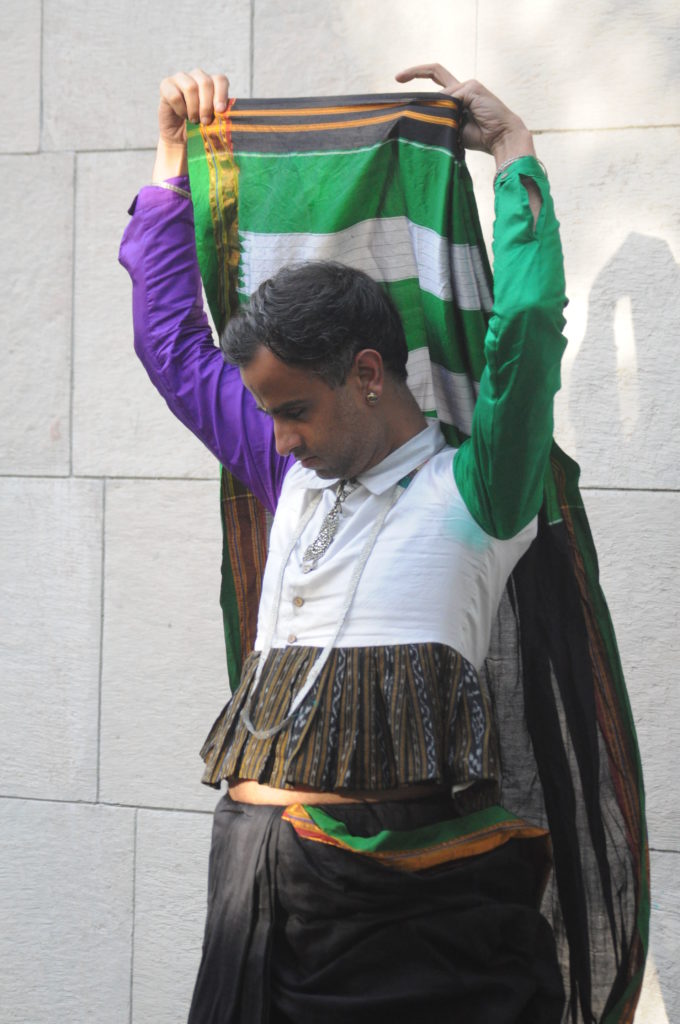
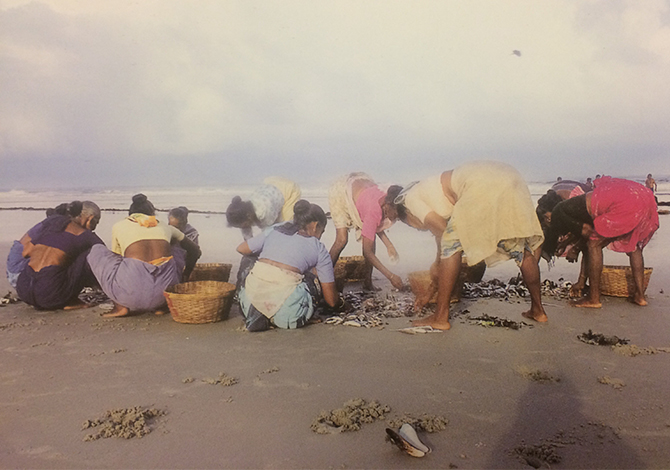
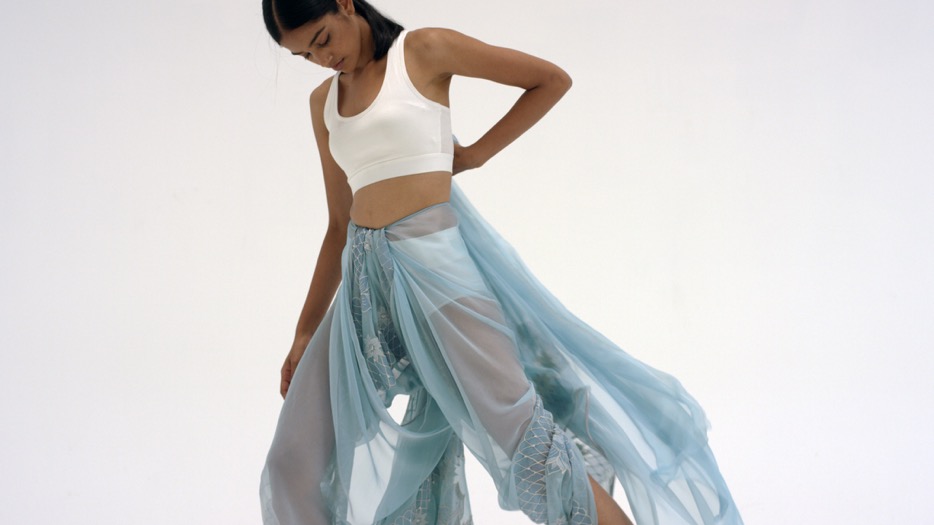
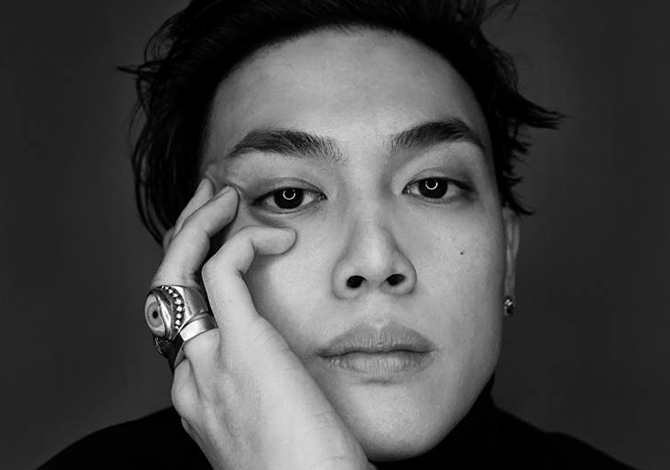
A very interesting twist in understanding the sari. Verma’s experimentation and wearing the sari on a daily basis is a bold style statement
I think that after this, I too will be signing off all my correspondence letters and whatnots with that lovely earthy yet whimsical salutation. Jai Sari!
I agree with varma, a piece of cloth never make out what gender you are.I love his adventure to glorify saree. Some times I also felt wearing one.
We are not dare enough of to do so.let us hope for the day sari also seen male wardrobe.